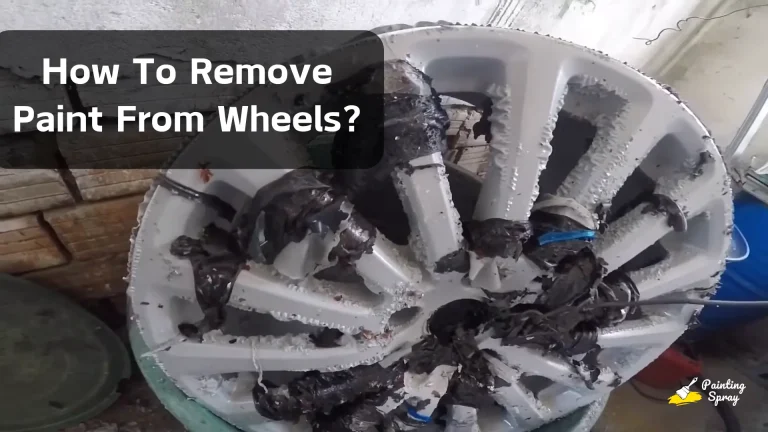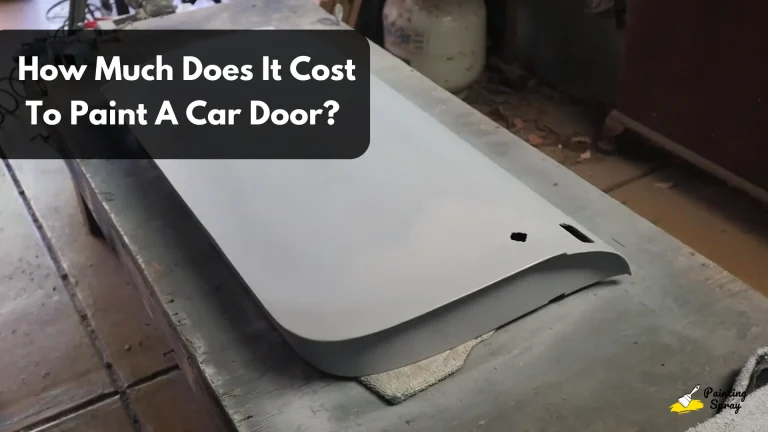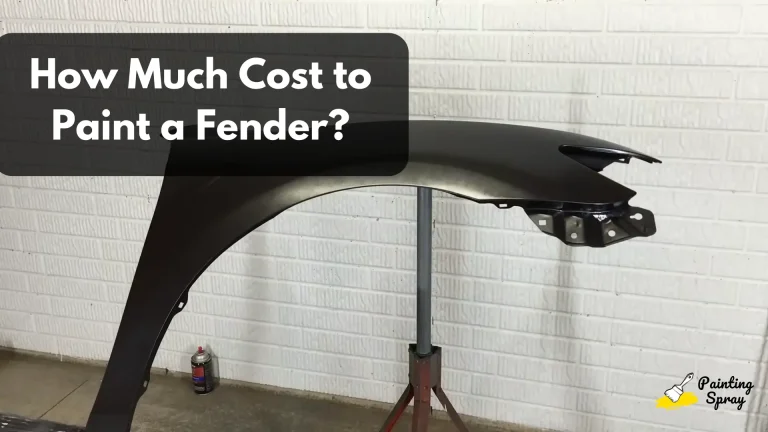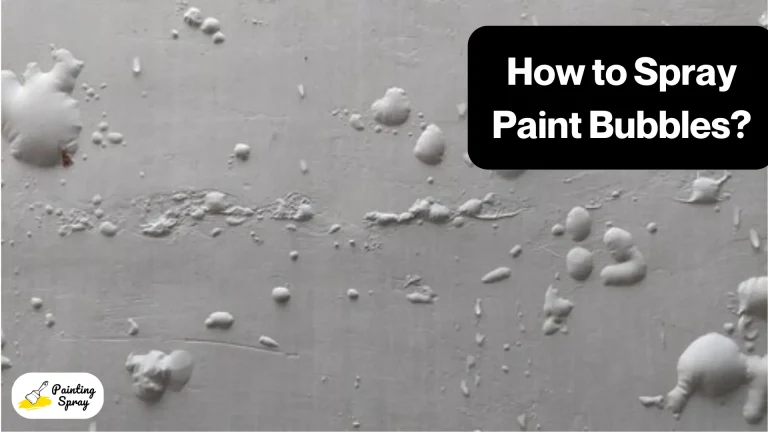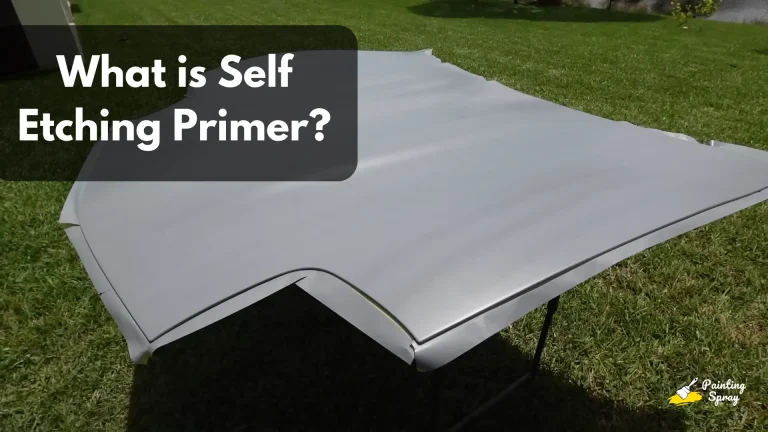How to Take Spray Paint Off Lighter: Effective Techniques and Tips
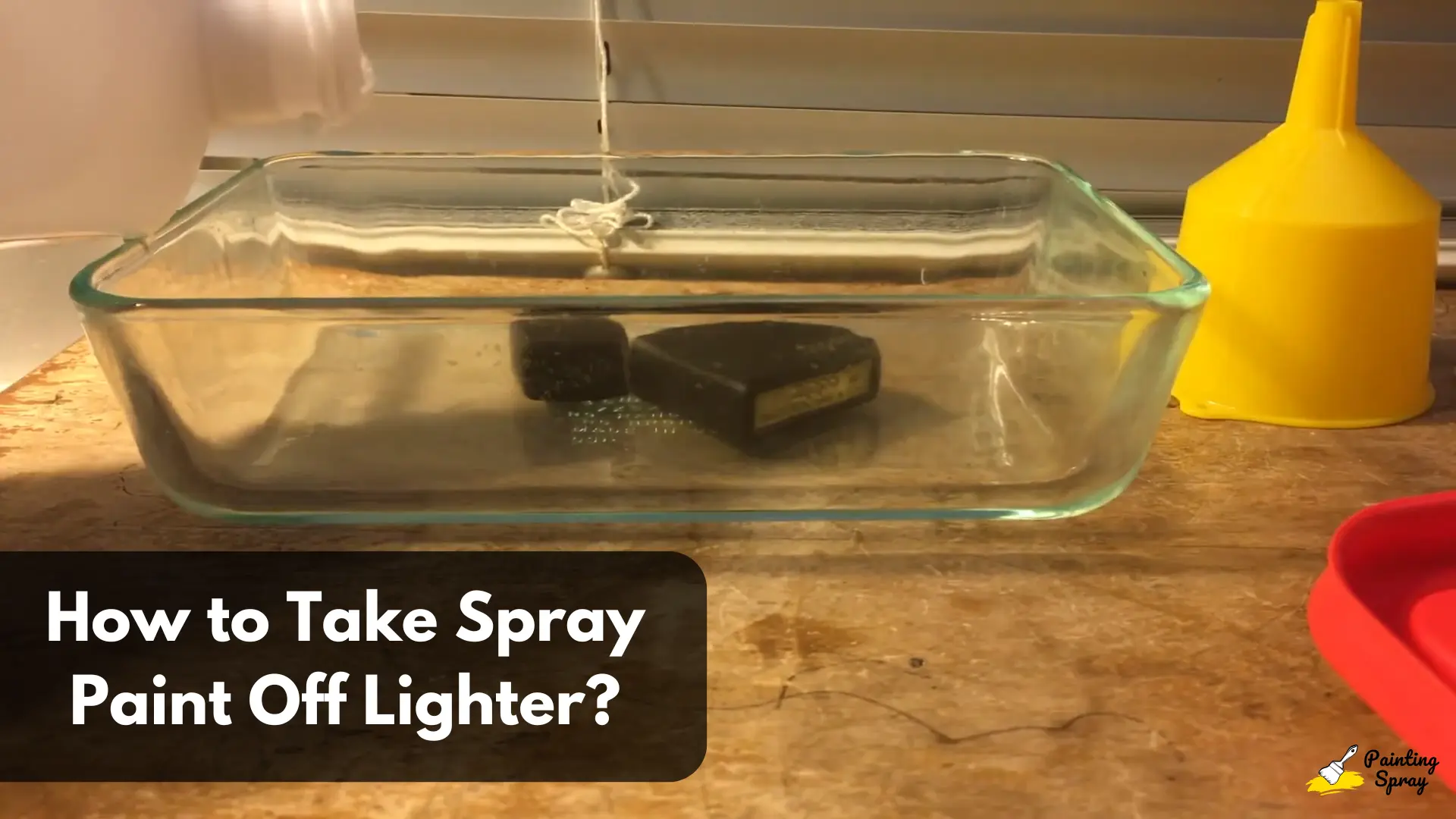
Removing spray paint from a lighter can be a challenging task, but it’s definitely possible with the right approach. Make sure to prioritize safety by wearing gloves and working in a well-ventilated area.
Whether you have accidentally painted your lighter during a project or want to restore its original look, there are effective techniques that can help you achieve clean results.
Several methods exist for removing spray paint, including using chemical solvents or natural solutions that are effective and safe for most surfaces.
By choosing the right removal technique based on the material of your lighter, you can avoid damage while effectively getting rid of the unwanted paint.
With the proper preparation and tools, you’ll find that restoring your lighter can be both simple and satisfying. This guide will walk you through the steps needed to successfully remove spray paint and offer useful tips to ensure a smooth process.
Key Takeaways
- Prioritize safety when removing paint by wearing protective gear.
- Choose the right removal technique based on the lighter’s material.
- Clean the lighter thoroughly after removing paint for best results.
Safety and Preparation
Before you start removing spray paint from a lighter, it’s essential to ensure that you are safe and prepared. Taking the right precautions will help you avoid accidents and injuries while working.
Required Safety Gear
Wearing the proper safety gear is crucial when handling lighter fluid and removing spray paint. Here’s what you need:
- Safety Goggles: Protects your eyes from splashes.
- Respirator: Prevents inhalation of harmful fumes. Choose one with adequate filtering for paint solvents.
- Gloves: Use chemical-resistant gloves to keep your skin safe. Neoprene or nitrile gloves are good options.
- Long Sleeves and Pants: These protect your skin from accidental spills.
Always check that your safety gear is in good condition before use. Having these items on will significantly reduce risks as you work.
Preparing the Work Area
Setting up your work area correctly is vital for safety. Follow these steps to create a suitable environment:
- Choose a Well-Ventilated Space: Use an area with fresh air. Open windows and doors to keep air flowing.
- Cover Surfaces with a Drop Cloth: Lay a drop cloth on the floor and any nearby surfaces. This keeps spills contained and protects your surroundings.
- Organize Tools and Materials: Gather all necessary tools, including rags and a scraper, close to your workspace. Keep lighter fluid, safety gear, and cleaning supplies easily accessible.
- Remove Flammable Items: Keep any flammable materials away from the work area. This helps prevent accidental fires.
Taking these steps ensures a safer and more efficient working environment while you remove spray paint from the lighter.
Removal Techniques for Various Surfaces
Different surfaces require different approaches for effective spray paint removal. Below are specific methods for tackling spray paint on metal, concrete, plastic, and glass.
Removing Spray Paint from Metal
To remove spray paint from metal, start by using rubbing alcohol or non-acetone nail polish remover. Apply a small amount to a clean cloth and rub it on the painted area. Let it soak for a few minutes to break down the paint.
If the paint is stubborn, you can use paint thinner. Make sure to work in a well-ventilated area. Apply the thinner with a cloth, then scrub gently with a soft brush. For heavier paint, consider using a graffiti remover, which is specifically designed for tough stains.
Removing Spray Paint from Concrete
When dealing with concrete surfaces, begin by sweeping the area to remove dirt. Rinse it with water to moisten the paint. Use a stiff-bristle brush along with soapy water for scrubbing. If the paint is dry, a pressure washer can effectively remove it.
For more stubborn spray paint, apply chemical paint strippers. Follow the product instructions closely, and use a brush to help lift the paint from the concrete. Repeat these steps until all paint is cleared.
Removing Spray Paint from Plastic
To clean spray paint off plastic, using rubbing alcohol is effective. Apply it to the affected area with a cloth and let it sit for a few minutes. Then, scrub gently with a soft brush until the paint begins to lift.
You can also use baking soda mixed with water. Create a paste, apply it to the paint, and let it sit for 15-20 minutes. Scrub with a cloth or brush to remove the paint. This method is safe and doesn’t harm the plastic surface.
Removing Spray Paint from Glass
For glass surfaces, you can use a razor blade to carefully scrape away the paint. Wet the area with soapy water first to reduce scratches. Hold the blade at a 45-degree angle and gently glide it along the surface.
If scraping doesn’t fully remove the paint, apply acetone or nail polish remover. Use a cloth to dab it on the remaining paint and let it soak for a few minutes. Wipe with a clean cloth to finish off the job. Always be cautious with glass to avoid any damage.
Chemical and Natural Paint Removers
When it comes to removing spray paint from surfaces, you have two main options: chemical solvents and natural remedies. Each method has its advantages and can be chosen based on your needs and preferences.
Using Solvents and Chemicals
Chemical paint removers are effective and quick. Common solvents include acetone, lacquer thinner, and mineral spirits.
- Acetone is a strong solvent that works well on many surfaces. It can dissolve spray paint quickly, but make sure to test it on a small area first.
- Lacquer thinner is another powerful option. It can remove tough paint but is also harsh, so use it in a well-ventilated area.
- Mineral spirits are less aggressive and can manage lighter paint jobs without damaging surfaces.
Before using any of these, read the safety instructions and wear gloves to protect your skin.
Natural Remedies for Paint Removal
If you prefer a safer and eco-friendly approach, try natural remedies. These options are gentler on both you and the environment.
- Vinegar or white vinegar is effective for water-based spray paints. Heat it and apply it with a cloth, letting it sit for several minutes before scrubbing.
- Vegetable oil, olive oil, and coconut oil can help loosen paint as well. Apply the oil to the paint, wait a few minutes, and scrub gently with a brush.
These natural methods may take more time than chemicals, but they are safer and better for indoor use. Choose the best option based on your needs and the severity of the paint you’re removing.
Post-Removal Cleaning and Disposal
After removing spray paint from your lighter, it’s important to clean up properly. This helps prevent any leftover residue and ensures safety.
Cleaning the Surface
- Use dish soap mixed with warm water to clean the lighter.
- Apply the soapy water using a stiff-bristle brush or a cloth to scrub the area affected by paint.
- Rinse thoroughly with clean water to remove any soap residue.
Dealing with Tough Stains
- For any remaining paint, use a rubbing compound.
- Apply a small amount to a clean cloth and work it into the stained area using circular motions.
Final Wipe Down
- After scrubbing, wipe down the lighter with a damp cloth to remove any loosened paint and cleaning products.
- Dry the lighter completely with a dry cloth to prevent rust.
Disposal of Materials
- Dispose of any rags or brushes used in a sealed bag to prevent paint fumes from escaping.
- Check local regulations for guidance on disposing of oil-based paint products. Water-based paint is often safe to throw away after drying.
By following these steps, you can ensure your lighter is clean and safe to use after spray paint removal.
Frequently Asked Questions
This section addresses common questions about removing spray paint from lighters. You will find effective methods, suitable solvents, and care tips for different types of lighter surfaces.

